Mavic Crossmax Boa shoe review: stiff, light, and well made but insoles need a rethink
Mavic’s mid-tier Gravel and XC shoe ticks a lot of boxes with plenty of the features you'd expect but is let down by a lackluster insole.
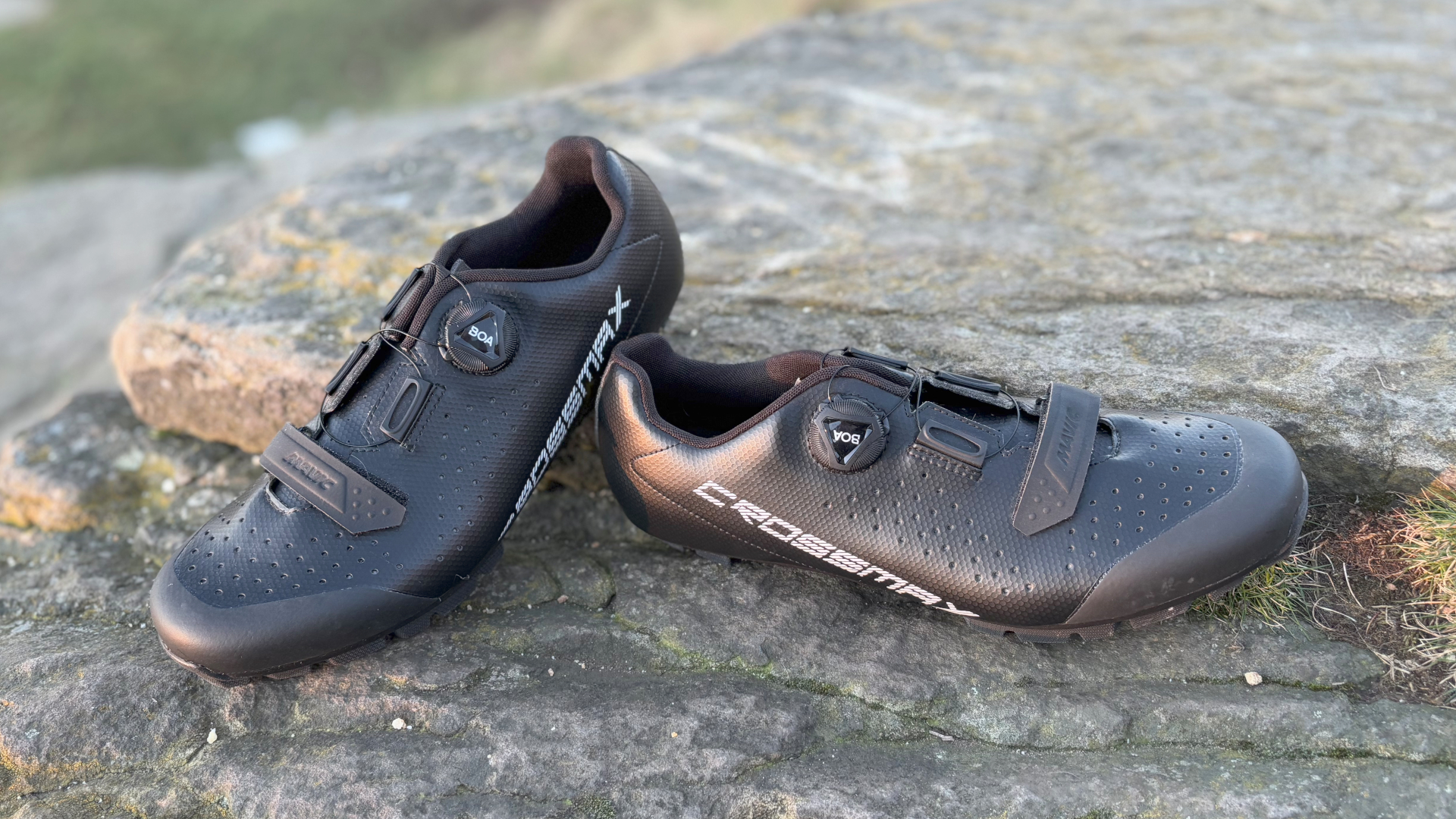
The Mavic Crossmax Boa shoes are very nearly excellent. They have a comfortable last, a reasonably stiff sole, and a comfortable retention system that combines Velcro and a Boa dial at a competitive price. However, they are let down by a flat and overly soft insole that offers little support or cushioning, which is disappointing at this price point.
-
+
Reasonably stiff nylon composite sole is a good compromise between comfort and power transfer.
-
+
Durable yet breathable upper looks made to last
-
+
Secure Boa L6 closure system
-
+
There is plenty of grip off the bike with a grippy outsole and optional toe spikes
-
+
Comfortable shape that worked well for my foot
-
-
Poor insole with no arch support, causing hot spots and sore feet
-
-
Narrow fit may not suit all riders
You can trust Cycling Weekly.

Mavic’s Crossmax Boa is marketed as an XC or cross-country mountain bike shoe, and while I’m not particularly fond of the notion that gravel riding is merely a throwback to '90s mountain biking, many products do overlap significantly. That being said, Mavic offers another shoe, the Cosmic Boa SPD, which bears many similarities to the Crossmax I had on test, with identical uppers but a smoother sole designed for touring if your gravel riding rarely requires any time walking.
They looked great when I saw them at the Eurobike show, but given that most of my gravel riding is either wet and muddy or rocky in the Peak District, with a few hike-a-bike sections, I thought the Crossmax's grippier outsole would be a better fit for most of my riding. So, how do they compare to the best gravel shoes?
Construction
The Crossmax Boa’s perforated synthetic leather upper gives the shoe a solid and robust look. They appear built to last with no mesh panels and a honeycomb-style pattern embedded in the material. Though it has no separate panels for breathability, it does have sections on the toe and the sides with holes in the outer material to let your foot breathe. Compared to some shoes, the upper feels quite stiff at first, but it has a surprising amount of give and flex once broken in, offering a good mix of support and comfort.
I've used Mavic shoes in the past and always found the shape worked well for me as they offered a more 'European style' narrower fit. These are similar, though they have a larger toe box area than previous offerings. The insole is an unremarkable memory foam affair with no adjustments or compensations for different arch types.
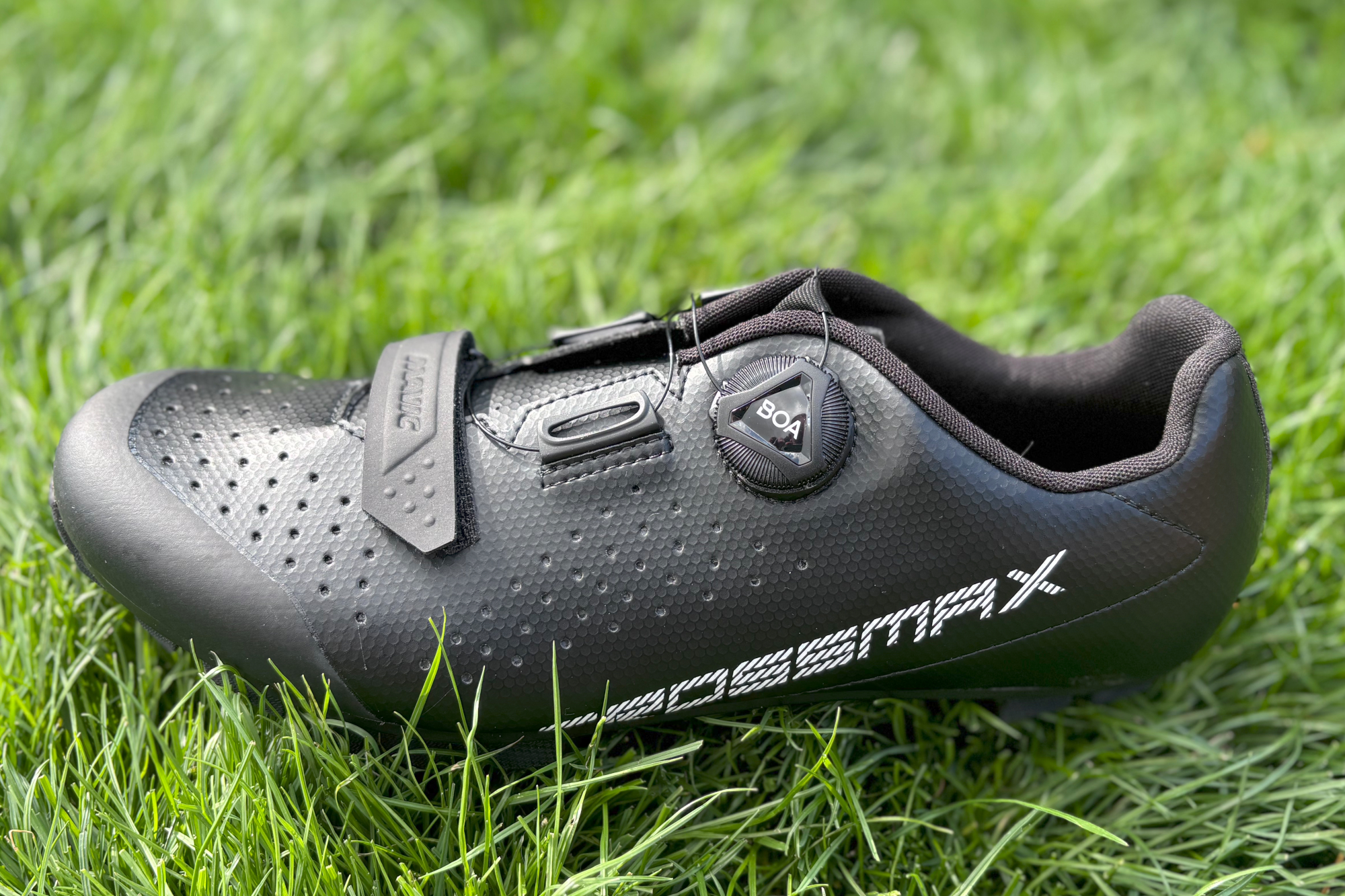
A Boa dial and velcro strap handle fastening and adjustment.
A single Boa L6 dial, and a Velcro strap handle closure duties. While dual Boa systems and the more expensive IP1 versions offer more options for fine-tuning, using the L6 dial combined with a velcro strap is a welcome addition at this price point and works perfectly well, ensuring a secure fit without excessive pressure points.
The sole is a nylon and fibreglass mix, which Mavic gives an energy transfer rating of 50 out of 100. As there is no standard for shoe stiffness, this is an arbitrary number, but it does help give you an idea of its intentions. It is stiff enough for strenuous efforts and accelerations but lacking that solid feel you get from a race-orientated carbon sole. For the gravel riding I tend to do, this can be more of a benefit than a hindrance as some super stiff shoes can be uncomfortable over long periods off-road.
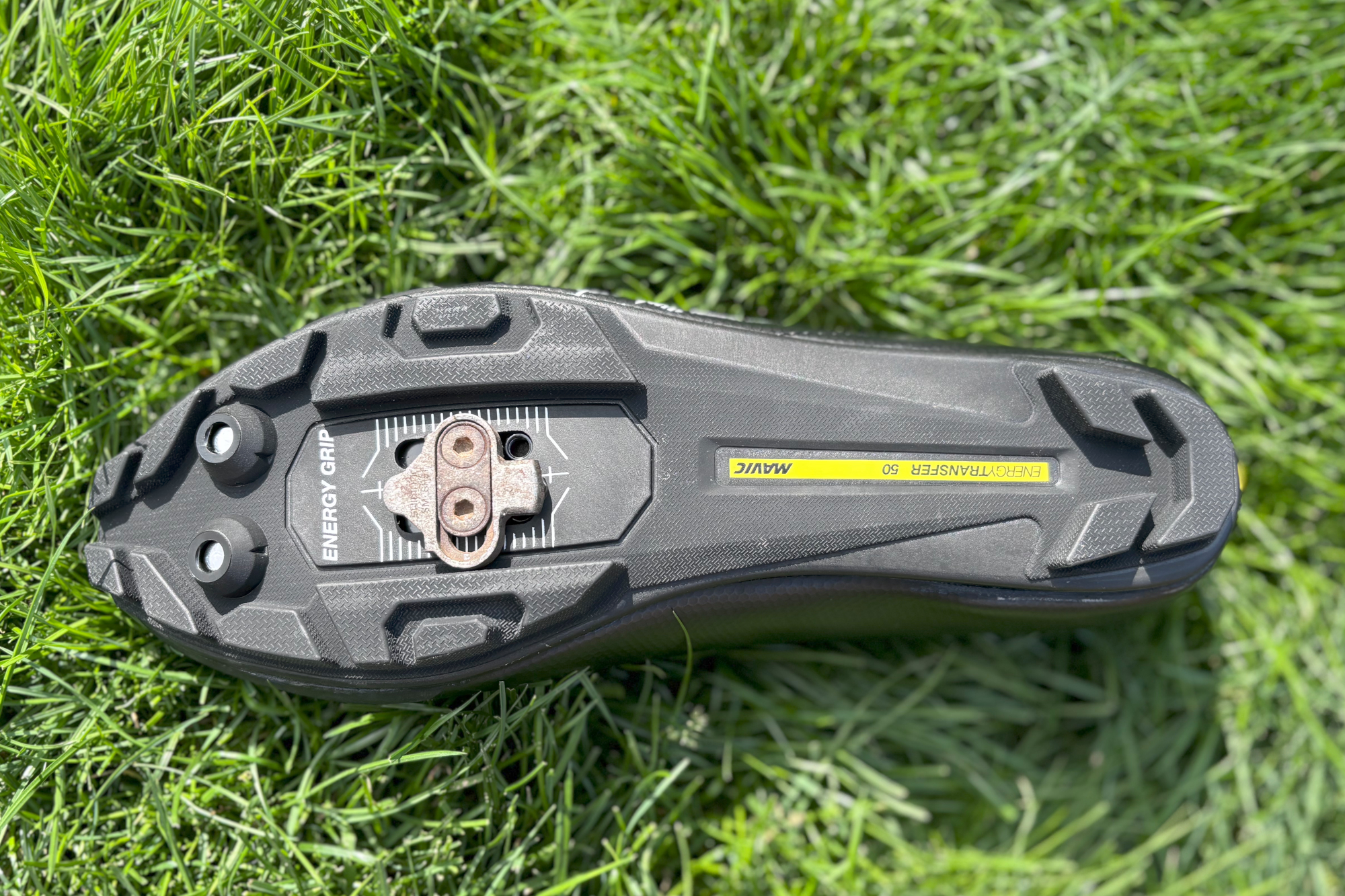
Stiff but not too stiff.
My size 44 shoes came in at 316g on the scales, which is reasonably light at this price point. They offer two different locations for the standard two-bolt SPD fitting, which is handy if you have an extreme cleat position. For those who fancy a bit of cyclocross, studs are included; I didn't use them as the standard lugs offered plenty of grip for occasional walking and cafe stops.
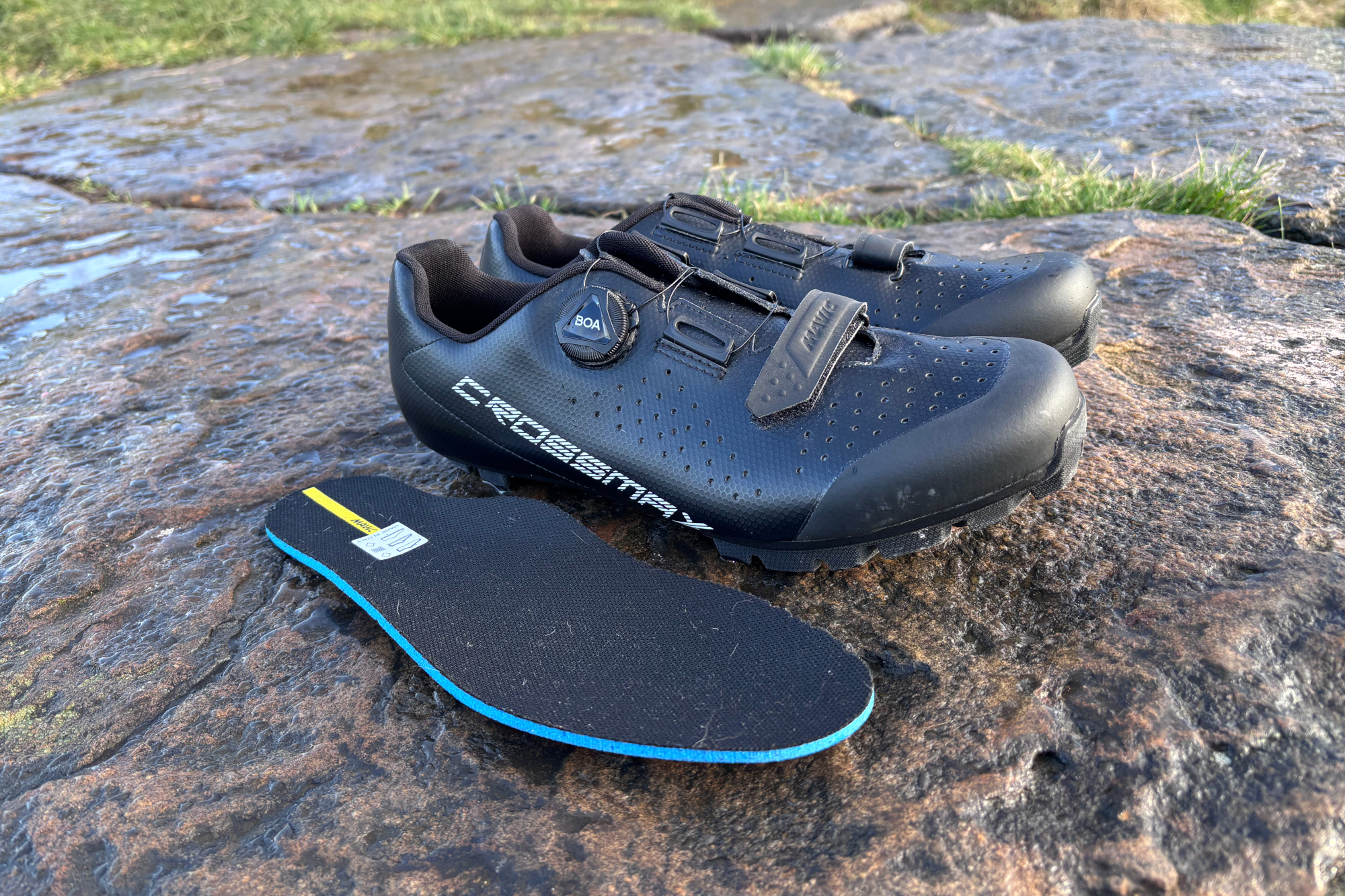
The supplied insoles lack shape and support but can be replaced easily.
The ride
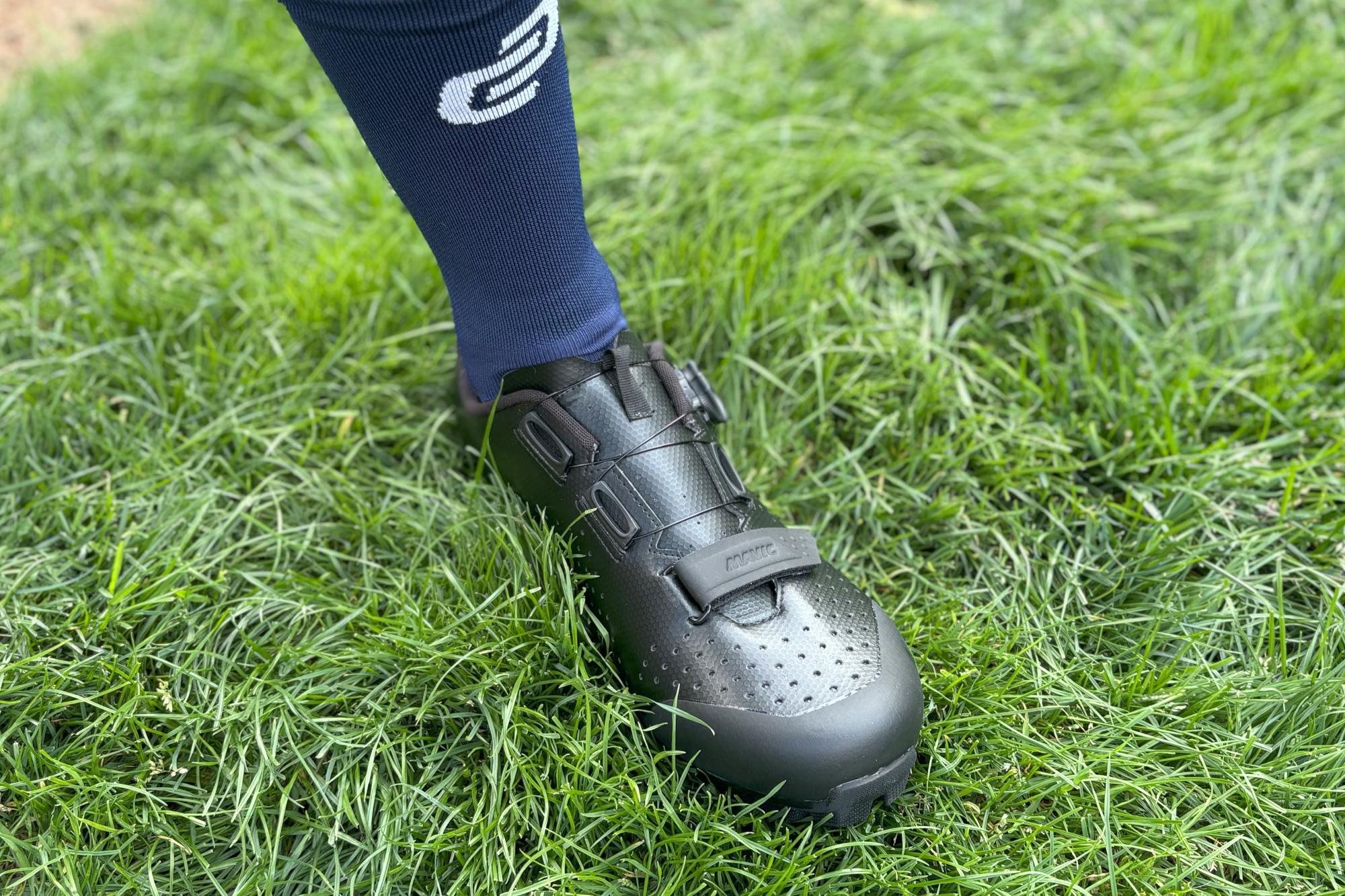
A wider toebox that normal for Mavic.
My first impressions were excellent. The shoe's shape fitted me well, with no obvious pressure points or uncomfortable sections. The toe box did feel roomier than I'd like, but it's easily adjusted using the velcro strap, which pulls the upper closer without causing any creases in the material. There is plenty of support around the heel, too, though not as snug feeling as something like a Shimano S-Phyre or Bont there is adequate support that makes these shoes feel more forgiving and comfortable for longer rides.
Adjustment with the L6 Boa dial is as good as you'd expect. Although it doesn't have the two-way fine-tuning option of more expensive dials, it worked perfectly during testing and made adjustments on the move easy.
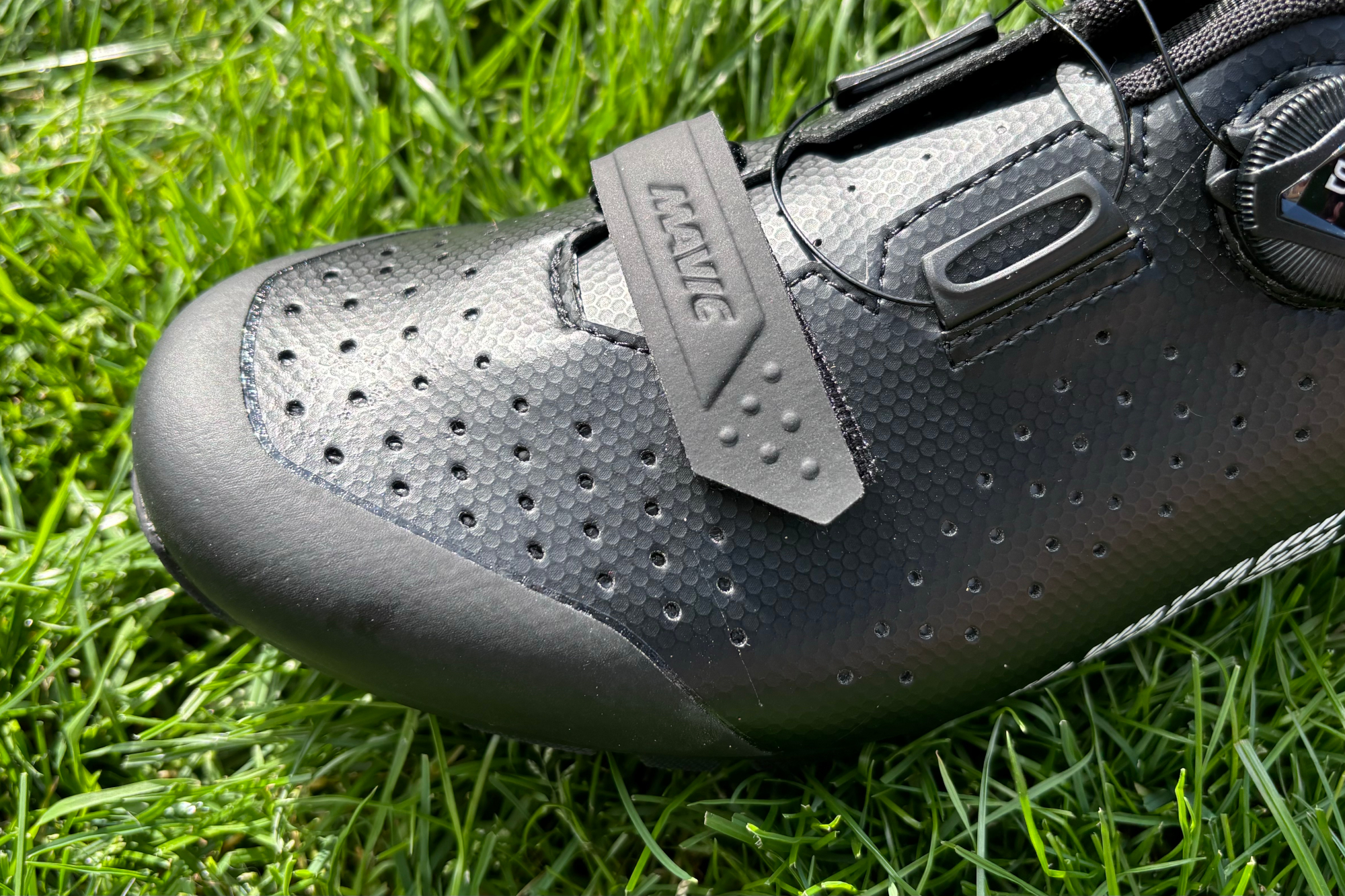
The robust upper is a good match for wet and muddy riding conditions.
The shoes are very well made, and the robust outer material has meant they still look great, even after an autumn and winter of wet and muddy trails. There is no sign of excessive wear or damage anywhere. However, the insoles let them down because the flat, soft memory foam wasn't comfortable. The correct insole can make or break a shoe and is, of course, a personal preference but on my first few rides I experienced numbness and pain around the balls of my feet, which surprised me as the general shape fitted well.
I suspected this was due to the insoles, but I persisted with them for a few rides. After tweaking and experimenting with different levels of tightness of the Boa and strap, I decided to fit a Giro Insole, which I've used on many shoes. This insole offers three levels of support for arch heights and is made from a firmer material that doesn't compress as easily. It transformed the shoe for me.
Value and Conclusion
The Mavic Crossmax Boa represents a solid option for riders seeking a supportive but comfortable shoe that will last and have a subdued but classic look. Though they lack the stiffness of a true race shoe, they make for a better all-around off-road shoe, especially for those who value comfort over longer rides than marginal gains in efficiency.
At £155/$180, they are on the money for a Boa-equipped shoe from an established mainstream brand. There is plenty of competition offering similar specs, such as the Shimano XC 502 at £139, which is a bit lighter and shares a lot of features with its range-topping S-Phyre shoes, and the Boa L6 equipped Lake MX177 that retails for £150.
As mentioned, the only real gripe I had with the shoes was the insole, which was too soft with little support. Insole issue aside, these are well-made, robust shoes leaning towards the more comfortable end of the gravel spectrum and are worth checking out.

Thank you for reading 20 articles this month* Join now for unlimited access
Enjoy your first month for just £1 / $1 / €1
*Read 5 free articles per month without a subscription

Join now for unlimited access
Try first month for just £1 / $1 / €1
Get The Leadout Newsletter
The latest race content, interviews, features, reviews and expert buying guides, direct to your inbox!
You must confirm your public display name before commenting
Please logout and then login again, you will then be prompted to enter your display name.
-
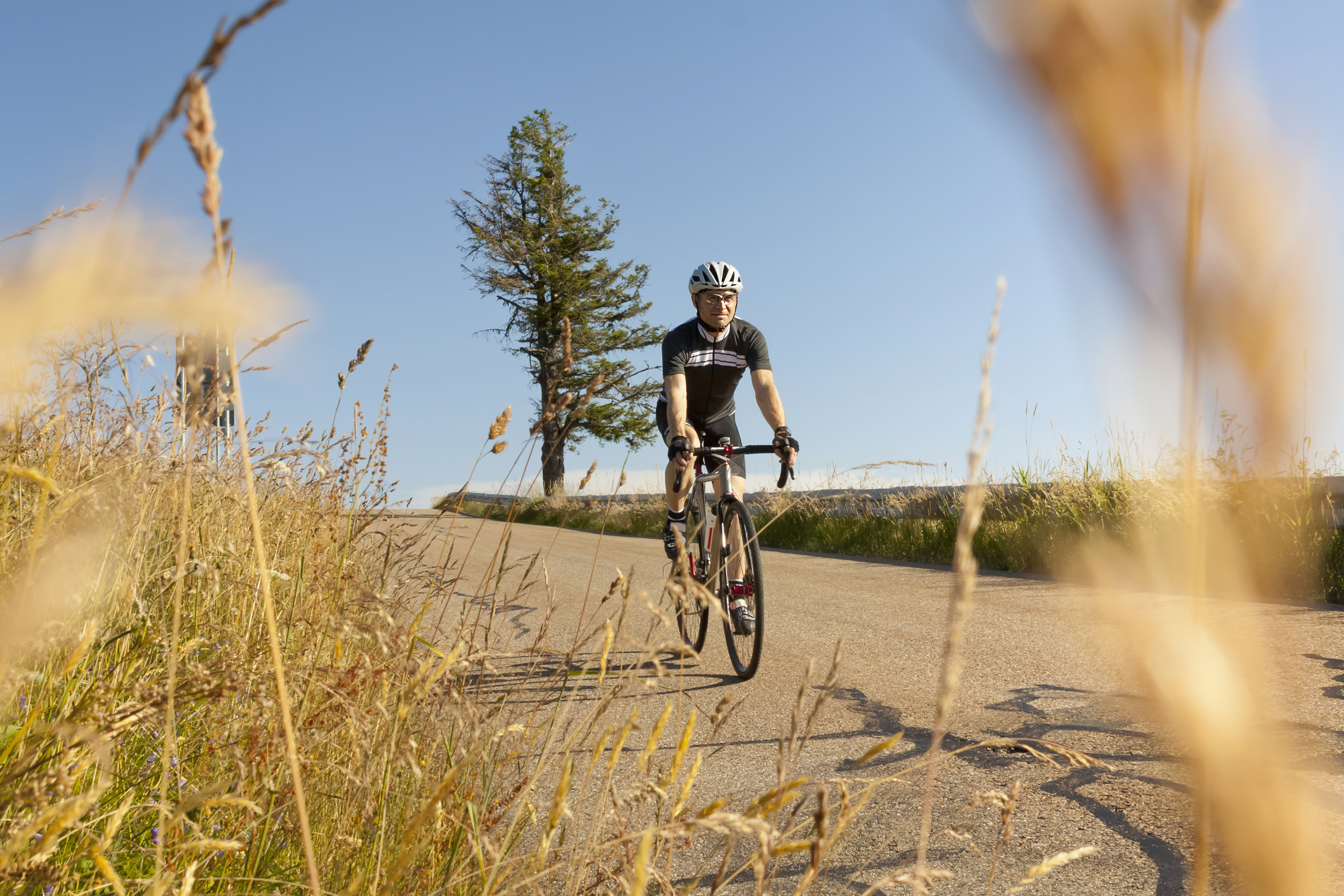 Hayfever and your riding: how to combat it as the pollen strikes
Hayfever and your riding: how to combat it as the pollen strikesExplanations, medications and holistic measures to make your spring and summer riding more enjoyable
By James Shrubsall Published
-
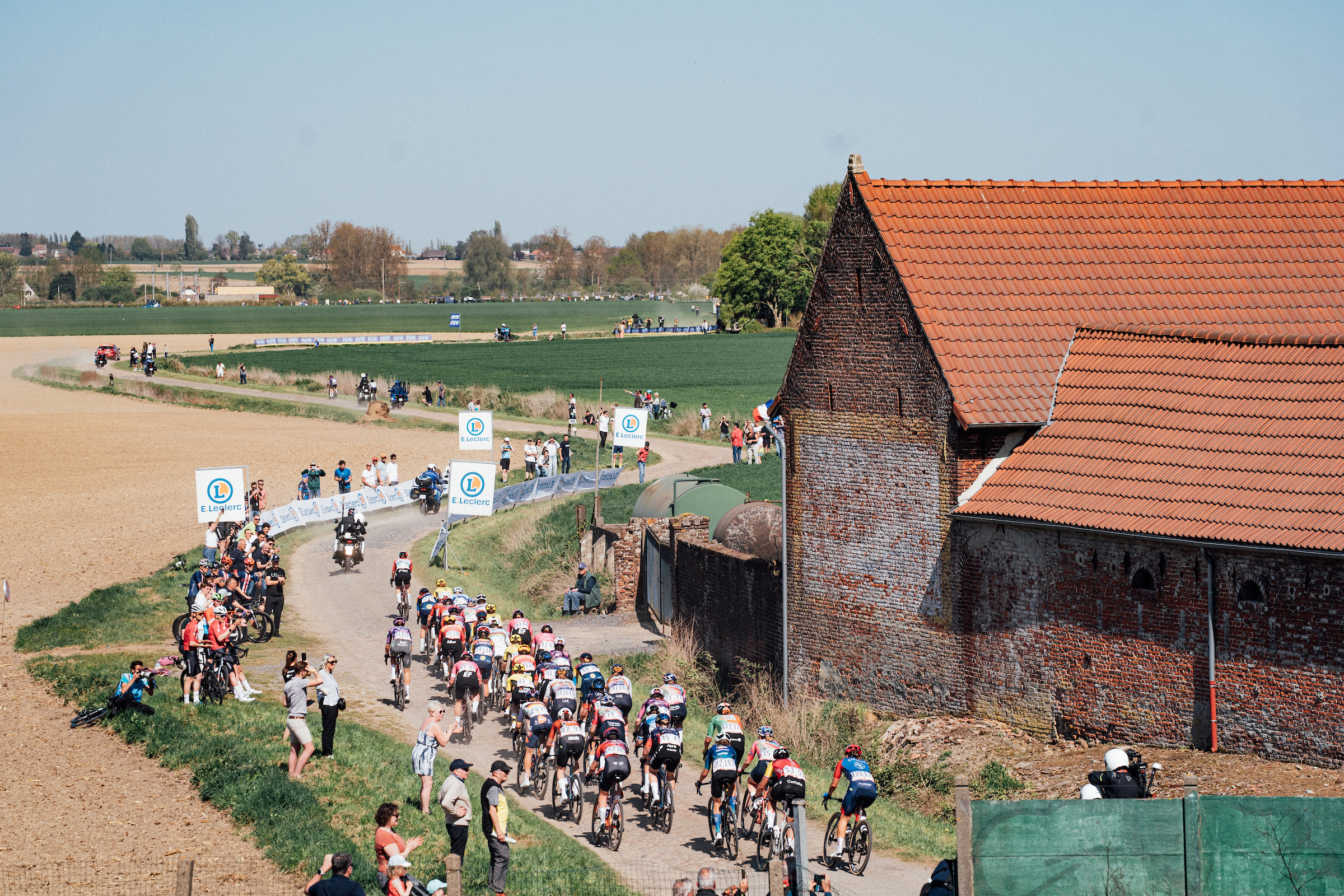 I went to Paris-Roubaix Femmes and was shocked at how it is still treated as secondary to the men’s race
I went to Paris-Roubaix Femmes and was shocked at how it is still treated as secondary to the men’s raceThe women’s version of the Hell of the North is five years old, but needs to be put more on equal footing with the men
By Adam Becket Published
-
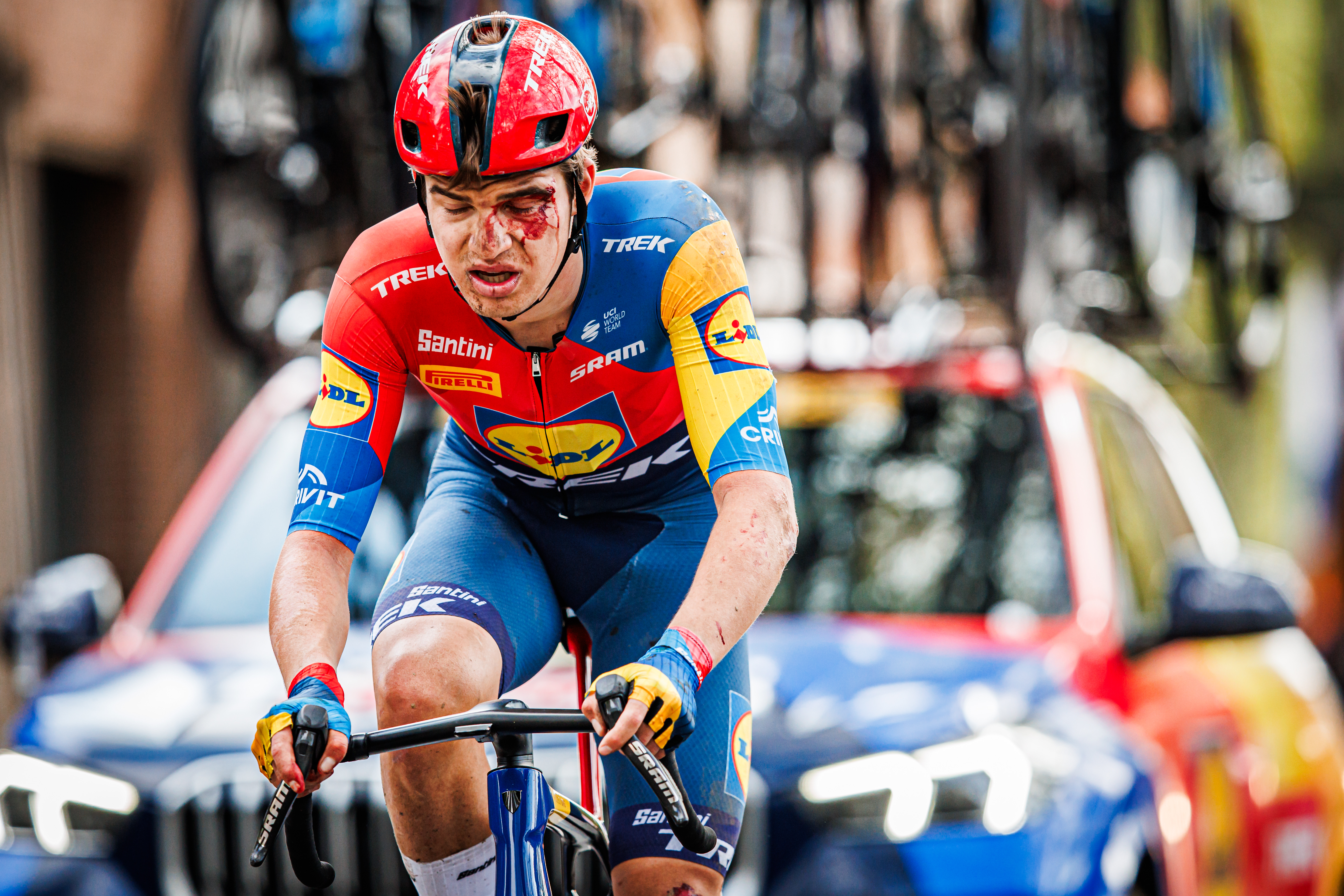 Broken hips, hands, and collarbones: Paris-Roubaix's lengthy injury list lays bare brutality of race
Broken hips, hands, and collarbones: Paris-Roubaix's lengthy injury list lays bare brutality of race"It probably wasn't the best idea to continue," says one of weekend's many wounded riders
By Tom Davidson Published
